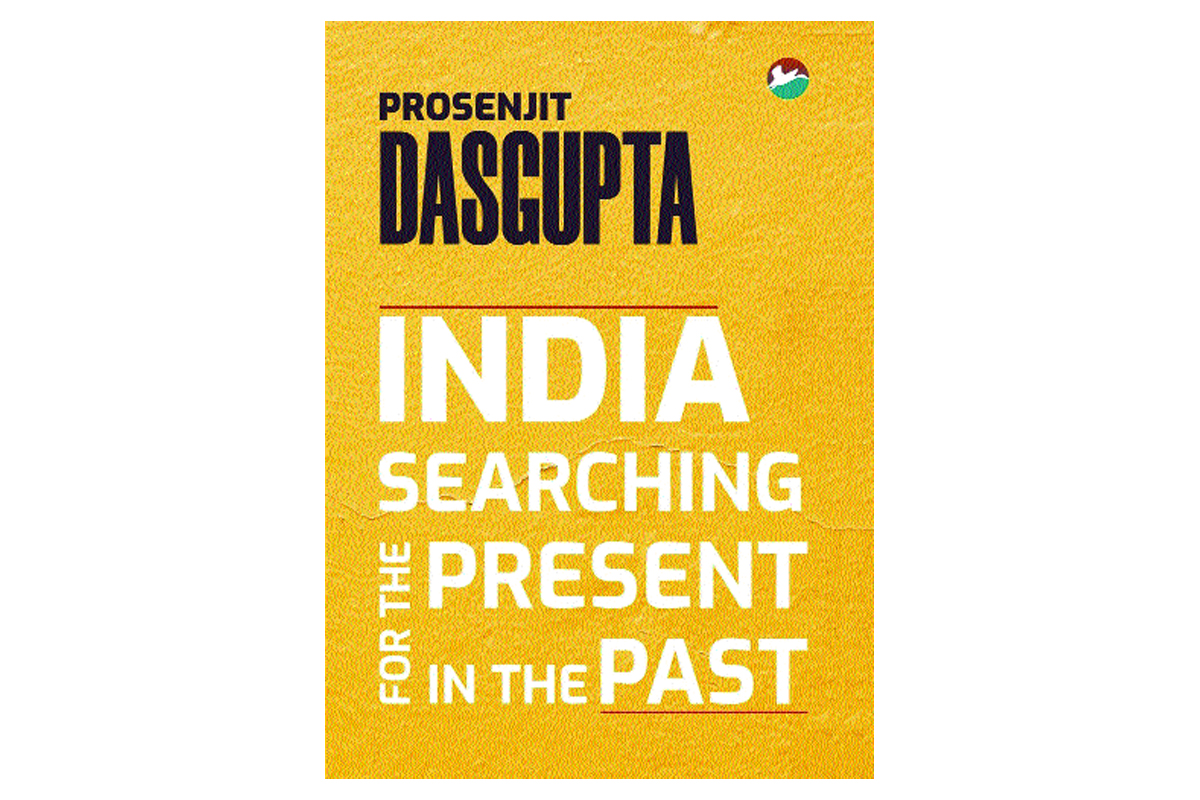The title intrigues the reader. The preface suggests a reason, “In India, possibly more than in most other countries, there is ‘nostalgia for eternity’”. This fascination has marked Indian thinking for ages and brings one to the core of the book. It is an attempt at “a study of Indian history in both the far and immediate past, so as to provide a perspective in discussing and understanding some aspects of the present”.
Prosenjit Dasgupta traverses a wide canvas, from pre-historic India, of which he provides glimpses, through findings of the Indus Valley civilisation, to the metaphysics of the Rig Veda and the Upanishads, to the epics. He also touches on Buddhism, the Indian logic systems, Advaitaba of Adi Shankara and explains how each has influenced Indian thinking and culture.
Advertisement
Dasgupta then goes into the works of later sages and saints such as Kabir, Guru Nanak, up to Ramakrishna Paramahamsa and even Ramana Maharshi, and briefly considers the impacts of Mughal and British rule in India. Admittedly, much of this is documented but the author has focused on the main trends for ease of reference for the not-so-academically minded.
Advertisement
In the first half of the book, he has supplemented mainstream historical facts and details with interesting notes from the works of the sage Manu, great grammarian Panini, pilgrim Yuan Chwang, scholar Al-Biruni and traveller François Bernier.
The second half considers “the Emergence of the Present”, over the last 30 years or so, necessarily focusing on the broad outlines of the Hindutva movement that has assumed centre stage in social and political affairs of India today. He focuses in equal measure on the other backward classes and Dalit movements, both of which have occupied a good deal of the nation’s attention over the last few decades.
Dasgupta provides nuggets of information not commonly known and presents some uncomfortable facts to the reading public. That throws up the question “So, now what?” He devotes a fairly long chapter to that, providing lateral inputs, including an interesting reference to Studies in Animal and Human Behaviour by ethologist and Nobel laureate Konrad Lorenz.
One is, however, left thinking whether the author has bitten off more than he would be able to chew. Evidently, he has relied almost entirely on secondary sources and has stated as much. The bibliography is quite extensive and useful but the index could possibly have been better compiled for the convenience of readers.
The reviewer is a freelance contributor.
Advertisement











